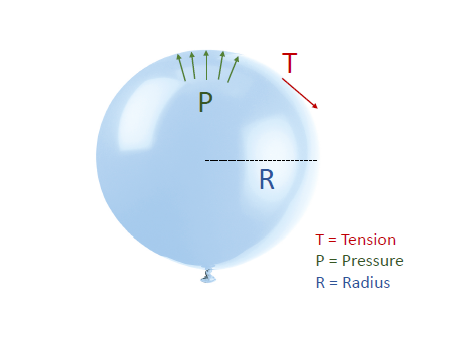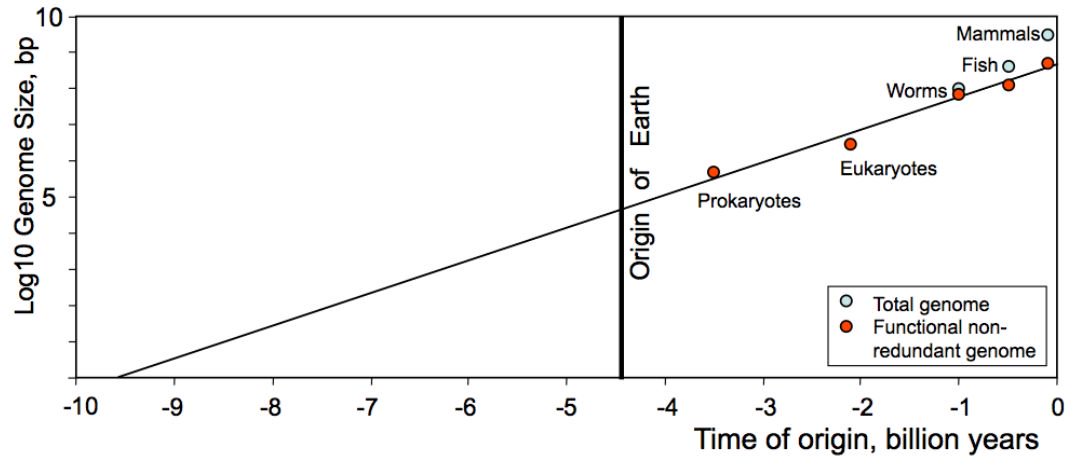1/20
Since renal pelvis > 2x ureter radius, it indicates that tension/thickness of ureter wall is greater than that of renal pelvis! (As expected d/t muscle in the ureter wall)
14/20
* Laplace is function of T, R, P, thickness, and shape
* For given surface tension, spheres generate more pressure than cylinders
* Tension properties are complex and depend on each use case
* Thickness is an important factor for larger radii/diameters






























